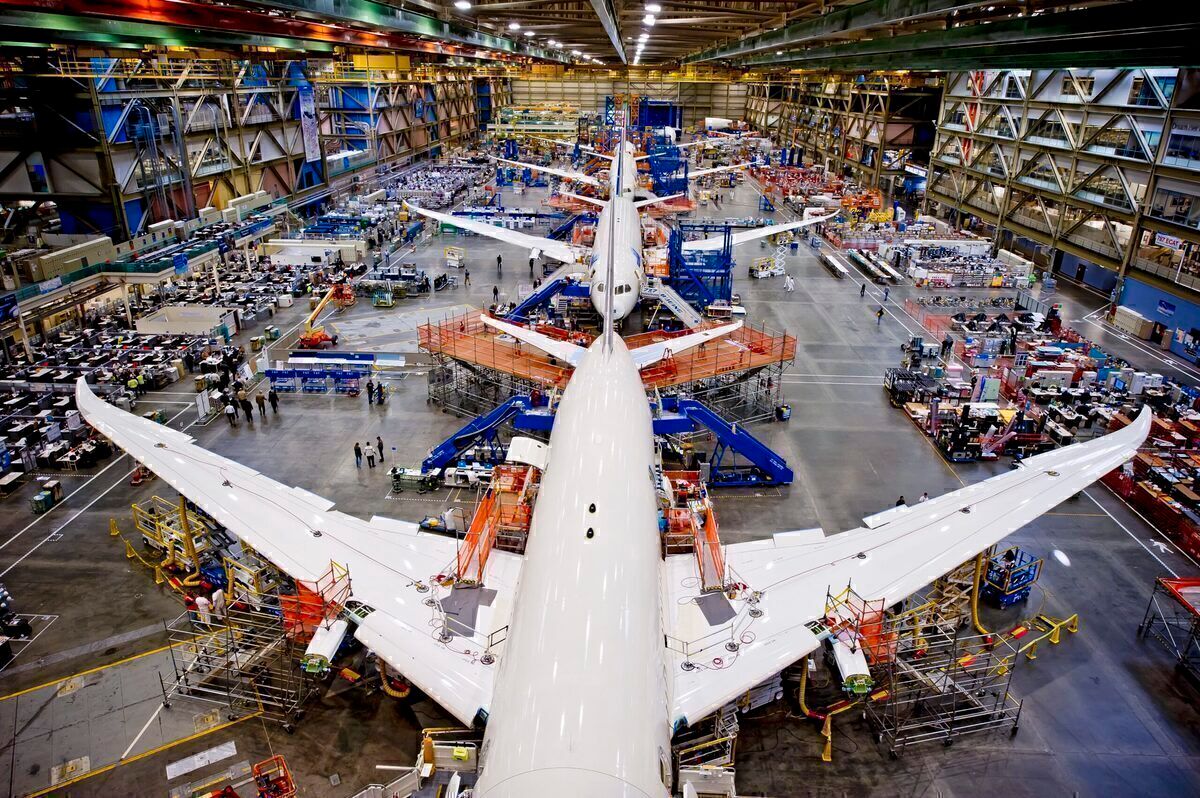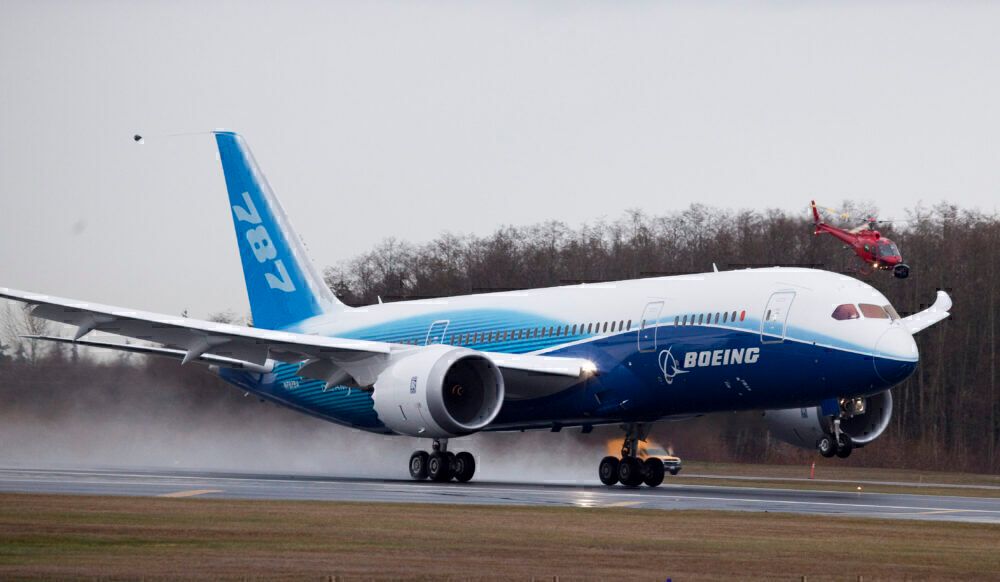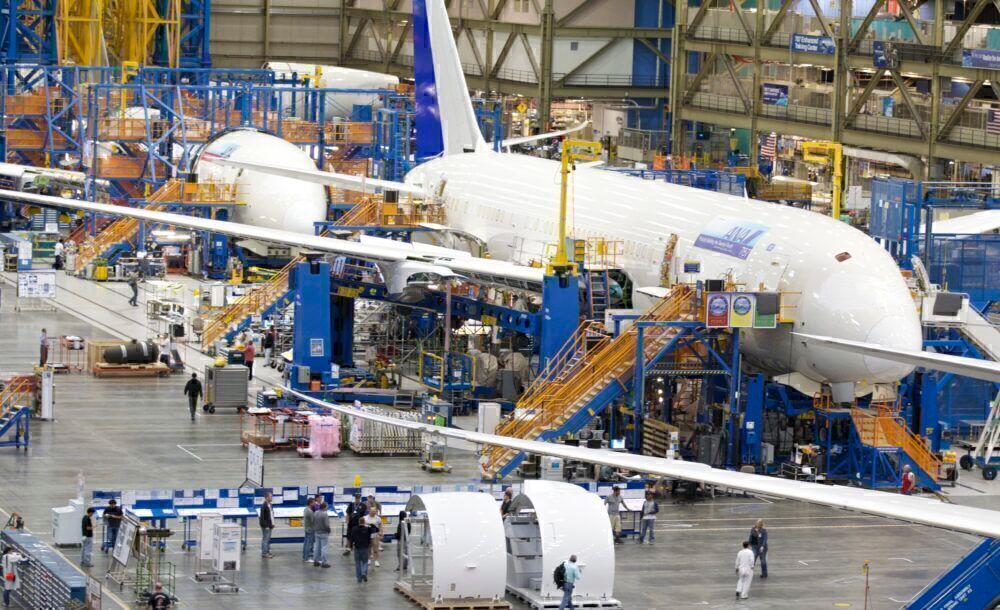**Update: (02/22/21) @ 15:33 UTC - Added statement from Boeing**On Friday, February 19th, the US Federal Aviation Administration (FAA) will publish an Airworthiness Directive (AD) requiring the inspection of approximately 222 Boeing 787 Dreamliner jets. The deadline for initial checks of the jets' decompression panels in the bilge barriers is set to 45 days from the AD's publication.
Looking for disengaged or damaged panels
The directive requires repetitive visual inspection of the bilge barriers located in the forward and aft cargo compartments to look for disengaged or damaged decompression panels. This is to be followed by their subsequent reinstallation in case of the former and replacement in case of the latter.
The FAA said that the AD was prompted by reports where inspections of the bilge area - performed as the result of another airworthiness directive issued in 2018 - had revealed multiple incidents of torn decompression panels.
The administration further stated that this represented a different unsafe condition than the one addressed in the 2018 AD. Thus, a new directive had to be issued to address the specific condition.
"In the event of a cargo fire, significant leakage in the bilge area could result in insufficient Halon concentrations to adequately control the fire,"Â the airworthiness directive, seen by Simple Flying, states.
Boeing is working on a modification
Initial inspections are to be completed by the end of next month, 45 days following the AD's publication, and then repeated within 120 days. According to FlightGlobal, the FAA estimates that each inspection cycle will cost $56,610.
Meanwhile, the directive added that Boeing is currently developing a modification to address the issues. Once this is developed, approved, and available, the FAA says that it might consider additional rulemaking.
A spokesperson for Boeing shared the following statement,
“Per our standard process, we proactively notified the FAA and our customers when we discovered this issue. We determined then that this was not an immediate safety of flight issue, and that remains the determination. We recommended increased inspection and replacement of components as necessary, and we have worked on redesigning the part. We fully support the FAA’s Airworthiness Directive as the requirements are consistent with the guidance that we provided to 787 operators.â€
Decompression panels separate the cargo area from the passenger area. They can open to act as pressure relief vents and allow a larger quantity of airflow into the cargo compartment.
While the particular airworthiness directive may be new, the issue with the panels in itself is not. Boeing issued a service bulletin for inspection of the bilge barriers back in 2016, upon which the specific problem was discovered.
Not the only Dreamliner quality concern
Unfortunately, this is not the only 787 quality issue currently on Boeing's list of concerns. In December last year, the manufacturer expanded its scope of examinations of some areas of the 787's circumferential fuselage join, which the company told the Seattle Times may not meet skin flatness tolerances. The problem, discovered in August, although not an immediate safety concern, could weaken the fuselage structure.
Stay informed: Sign up for our daily aviation news digest.
Other Dreamliner manufacturing errors that the planemaker has reported include wrong-sized shims due to software malfunction, troubles with the autopilot flight-director systems, and problems that affect horizontal stabilizers.
What do you think of the manufacturing concerns of Boeing's 787 Dreamliner? Tell us in the comments.Â



